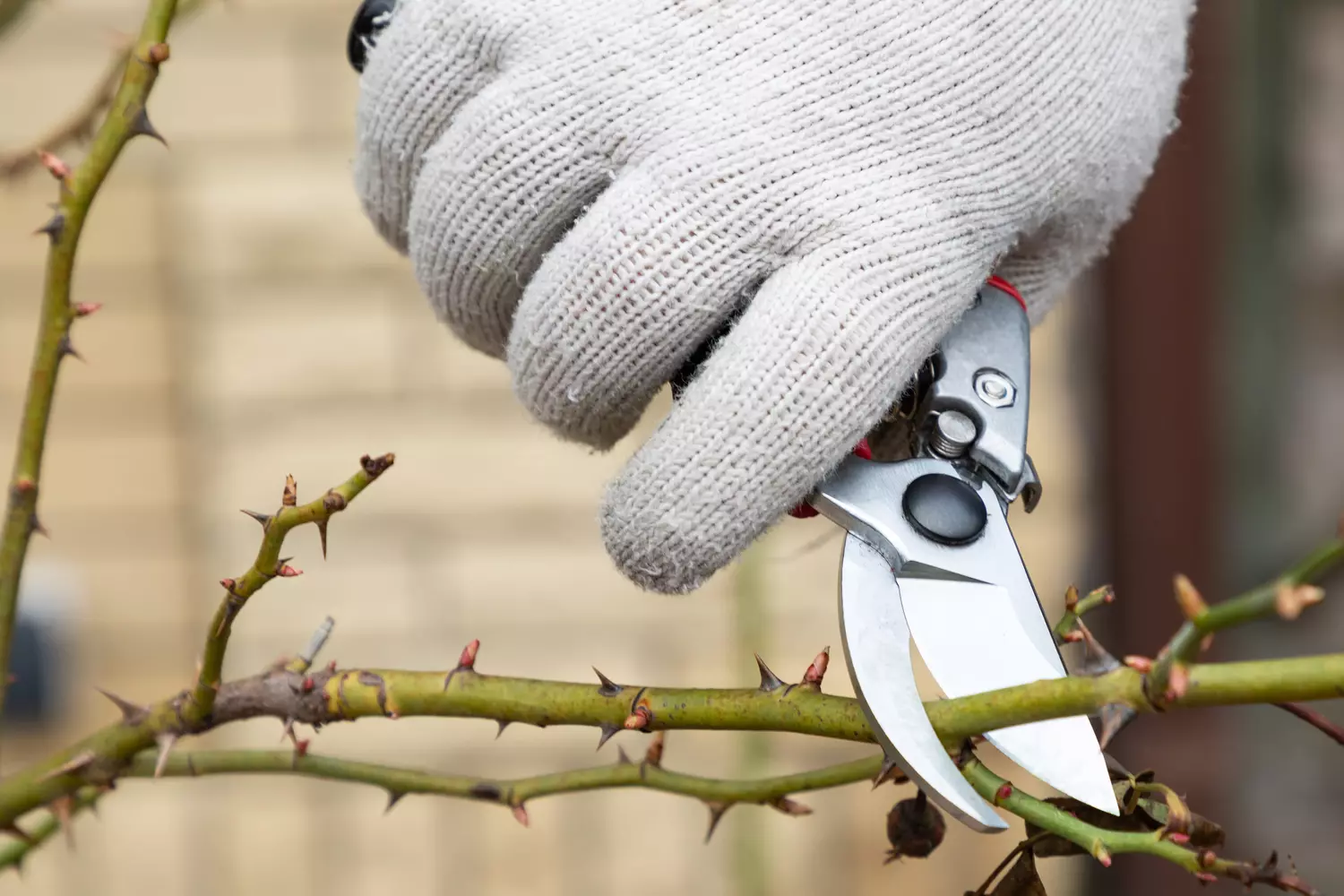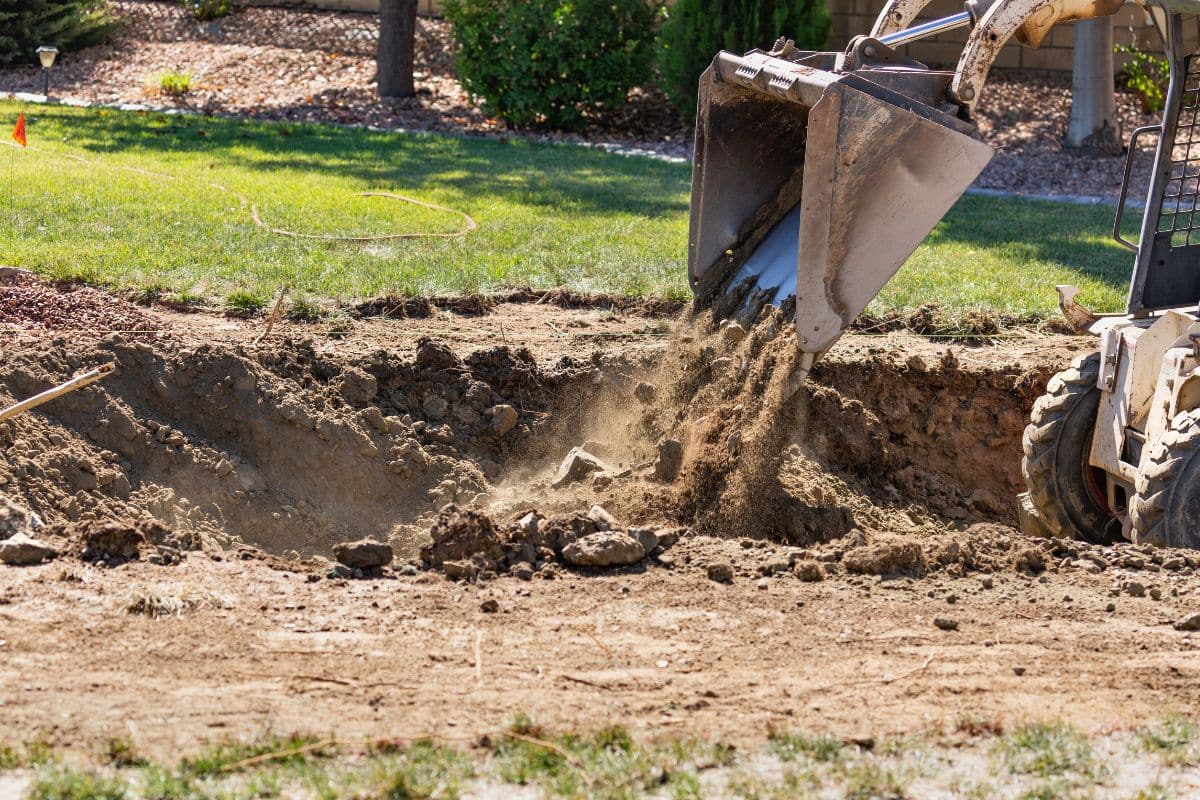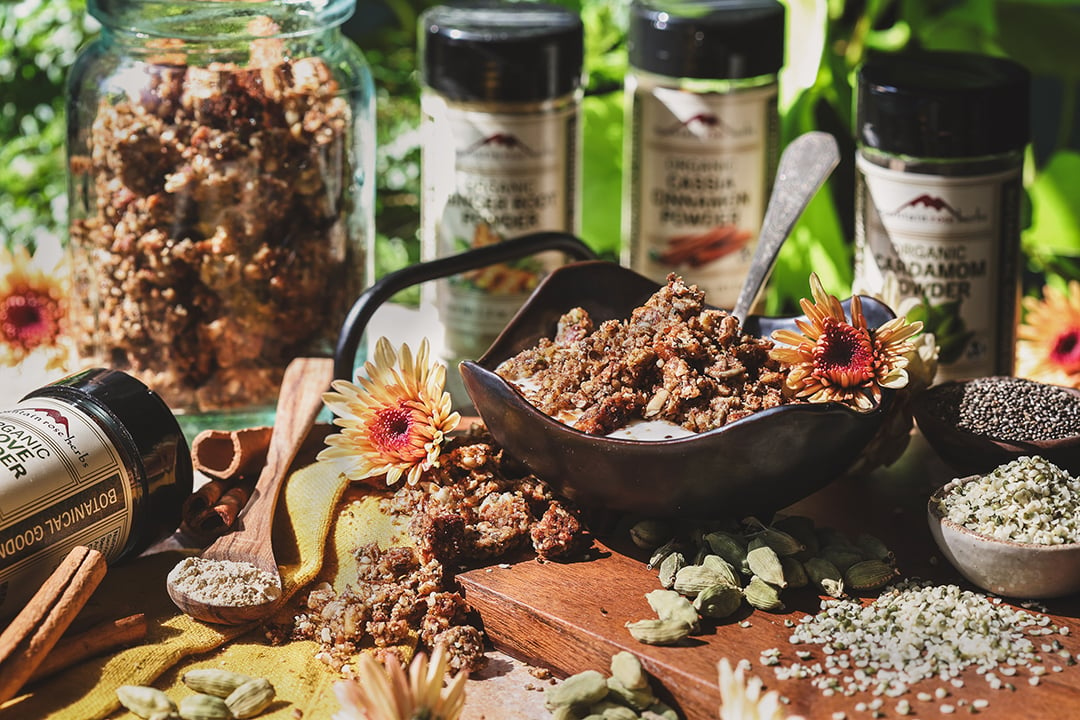October marks the transition into autumn’s cooler embrace, making it the perfect time for strategic pruning. This crucial month offers gardeners an invaluable opportunity to shape their landscape’s future success. When you trim specific plants and shrubs during this period, you’re essentially investing in robust spring growth and healthier vegetation throughout the coming year.
Why October pruning sets the stage for spectacular spring results
The timing of October pruning proves scientifically sound for numerous reasons. Plants begin entering their dormant phase, slowing their metabolic processes and reducing sap flow. This natural slowdown creates ideal conditions for making clean cuts that heal properly over winter months. Strategic autumn trimming allows plants to redirect their energy reserves toward root development and overall health maintenance.
During this preparatory phase, removing diseased, damaged, or dead growth prevents potential problems from escalating. Fungal infections and pest infestations often take hold in compromised plant material, spreading throughout the entire specimen if left unchecked. By eliminating these vulnerable sections, you’re creating a healthier foundation for spring’s vigorous new growth.
Air circulation improvement represents another significant benefit of October pruning. Dense, overgrown shrubs trap moisture and create microclimates perfect for disease development. Opening up the plant’s structure allows better light penetration and airflow, reducing humidity levels that encourage harmful pathogens. This enhanced ventilation proves especially valuable during winter’s damp conditions.
Essential plants requiring October attention
Climbing roses benefit tremendously from autumn pruning sessions. These vigorous growers produce flowers on current year’s wood, making them excellent candidates for substantial cutting back. Focus on removing aged, unproductive canes while preserving strong, healthy shoots. Arrange remaining stems in fan patterns against their supports, ensuring optimal light exposure for next season’s blooms.
Virginia creeper demands immediate October intervention due to its aggressive spreading nature. This vigorous climbing vine can infiltrate roof structures and damage buildings if left unchecked. Established specimens tolerate severe pruning, even cutting back to one meter from ground level. Such drastic measures might seem harsh, but this resilient plant responds with renewed vigor come spring.
Summer-flowering shrubs like buddleia, clematis, and honeysuckle appreciate moderate reduction now, even though their primary pruning occurs in late winter. Shortening branches by approximately one-third prevents wind damage and reduces snow load stress. This preventive approach proves especially important in regions experiencing harsh winter weather conditions.
Consider these pruning priorities for October :
- Rose varieties, particularly climbing and rambling types
- Ornamental vines requiring containment
- Summer bloomers needing structural support
- Deciduous shrubs showing disease symptoms
- Overgrown specimens blocking pathways or views
Proper techniques for successful autumn pruning
Gentle approaches work best during October trimming sessions. Avoid aggressive cutting that creates large wounds struggling to heal in cold temperatures. Instead, focus on selective branch removal and light shaping. Clean, sharp tools prevent tissue damage and reduce infection risks significantly.
Start by removing obviously dead, diseased, or damaged wood completely. These sections serve no purpose and drain energy from healthy plant parts. Next, eliminate crossing branches that rub against each other, creating entry points for diseases. Finally, thin overcrowded areas to improve air circulation and light penetration.
When working with roses that deer might target, consider protective measures alongside pruning. Proper timing and technique ensure these valuable garden specimens remain healthy and productive. Similarly, understanding companion planting principles helps create supportive plant communities that benefit from coordinated pruning schedules.
Maximizing spring growth potential through strategic planning
October pruning success depends heavily on understanding each plant’s specific requirements. Ornamental shrubs with decorative foliage, such as dogwood, pittosporum, and elaeagnus, respond well to light cleaning rather than heavy cutting. Remove only problematic growth while preserving the plant’s natural form and character.
Tree maintenance requires careful consideration during autumn months. While major structural work waits until late winter, removing dead branches and potential hazards protects both the tree and surrounding property. Focus on safety concerns and obvious health issues rather than extensive reshaping.
Planning ahead for spring planting activities complements October pruning efforts beautifully. Understanding proper techniques for establishing tomato plants and knowing appropriate fertilization methods creates comprehensive garden management strategies. Additionally, researching beneficial plant partnerships and understanding specialized care like peach tree nutrition ensures integrated garden success.
Remember that patience proves essential with larger deciduous trees and fruit trees. These specimens require different timing for major pruning work, typically performed during late winter dormancy. October efforts should concentrate on immediate safety concerns and basic maintenance rather than extensive restructuring.










